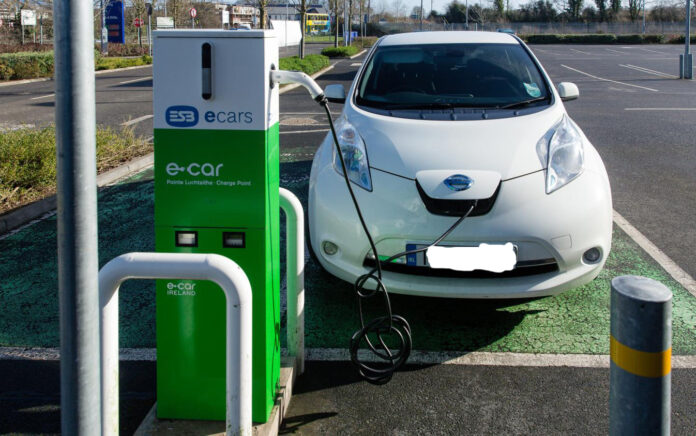
“THEY have to be like petrol stations – they need to be everywhere.”
That’s the view of a rural development officer on the findings of a survey which shows that Limerick has just 113 public electric car charging points.
John Daly, Economist with the Northern and Western Regional Assembly (NWRA), the organisation behind the survey into attitudes to electric vehicles (EVs), told the Limerick Post that far more action is needed.
“The two biggest issues the survey uncovered were range anxiety and cost,” he said.
“There just aren’t enough charging points for people to feel secure in planning a long journey. Even if they know they can use a charging point along the way, there’s no guarantee it will be working or that it will be the fast charge that they expect.”
The lack of adequate electric vehicle (EV) charge point infrastructure in rural Ireland raises serious doubts about the government’s ability to deliver on the Climate Action Plan’s commitment to have almost one million EVs on Irish roads by 2030, according to the NWRA.
Research published by the organisation – one of Ireland’s three regional assemblies – has examined the number of publicly available EV charge points for each Irish county.
The NWRA has also, in collaboration with the survey company Ireland Thinks, undertaken a survey of residents based in rural and urban areas for their opinions on EVs and EV charge point infrastructure.
The results show that the a substantial number of the respondents who said they were unlikely to buy an EV in the coming year would change their minds if government grant supports rose from €5,000 to €10,000 and there were more charging points available.
Limerick Green TD Brian Leddin told the Limerick Post that while EV’s are “part of the solution, it’s important that we don’t lose sight of reducing the need for people to use cars”.
“We need planning so that we don’t have the kind of sprawl that means people have to drive, along with providing good public transport and safe walking and cycling facilities to reduce reliance on cars.”









